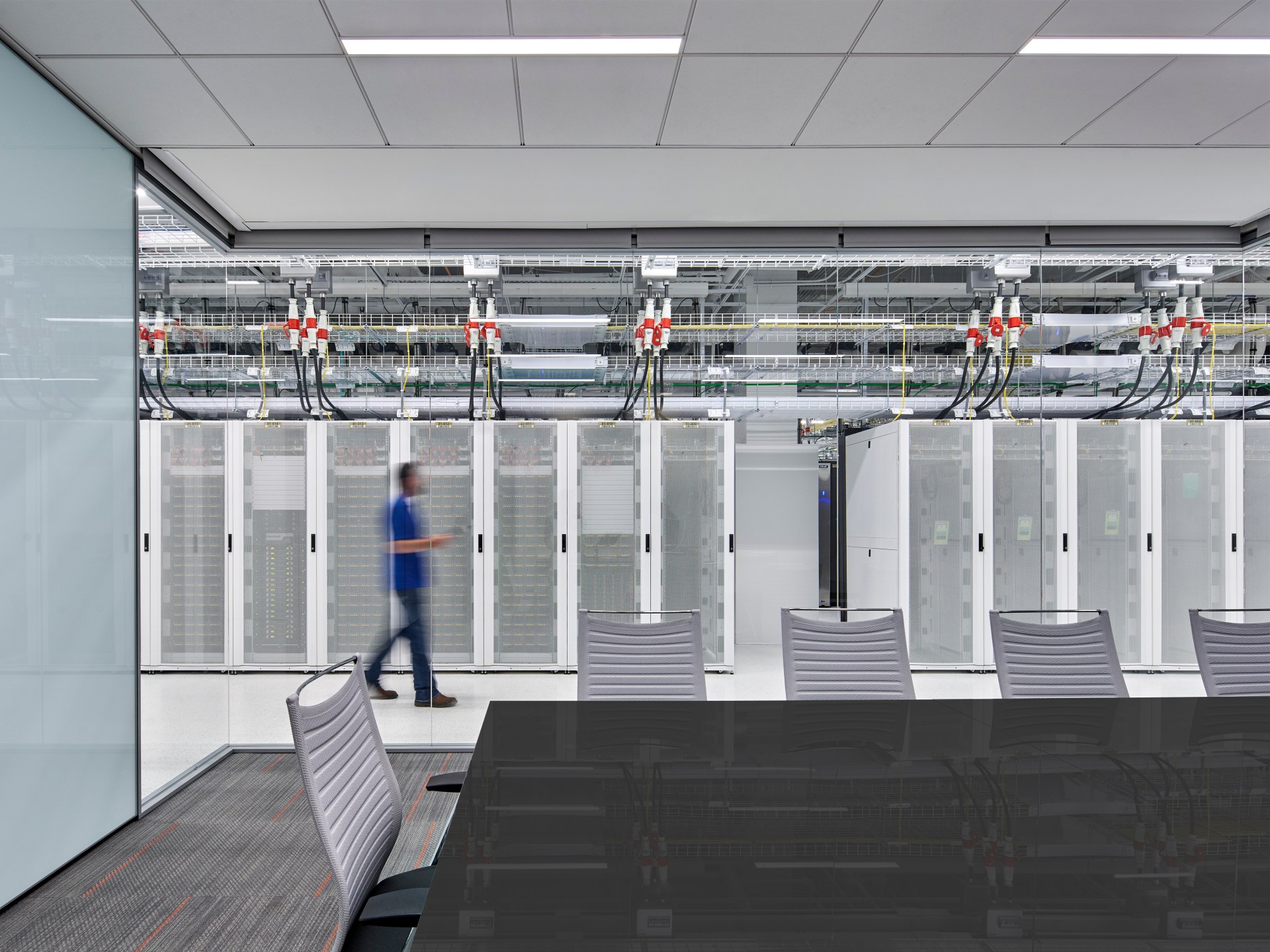
As edge computing has developed, it has increasingly moved away from simply using edge devices. It’s now more and more common for edge computing to leverage edge data center solutions. These offer the combined benefits of both edge computing and centralized cloud computing. Here is a quick guide to what you need to know about them.
All forms of edge computing follow the same underlying principle. They process data as close to the source as possible. In theory, this means that the best way to implement edge computing is to use edge devices. This means that data is literally processed where it is captured.
In practice, however, the limitations of edge devices mean that there are many use cases for which they are completely unsuitable. The flip side of this is that the many uses of edge computing make it increasingly easy to justify implementing edge data center solutions.
Edge data center solutions are small scale data centers that can be placed on the edges of networks. They can receive data from multiple edge devices and process it as appropriate. Often this will mean conducting some processing locally and then sending data to a central cloud with more power.
Using edge data center solutions can give businesses the best of both worlds. On the one hand, they get the speed of local processing. On the other hand, they can leverage the power of centralized clouds when it matters most.
Currently, there are three main types of edge data center solutions. They are converged infrastructure solutions, micro data centers, and modular data centers.
Converged infrastructure solutions integrate computing, storage, and networking components into a single, pre-configured package. This type of edge data center is ideal for organizations that require a flexible, scalable solution that can be deployed quickly.
Micro data centers are compact, pre-configured data center solutions designed for edge computing. They can be quickly deployed in remote locations and can be equipped with computing, storage, and networking components.
Modular data centers are similar to micro data centers, but they offer more scalability and customization options. They are made up of prefabricated, standardized components that can be quickly assembled on-site to meet specific requirements.
The core attraction of edge data center solutions is the fact that they are both fast and powerful. Here are some examples of what practical benefits that combination can offer.
Processing data close to where it is captured reduces the need to move it from one place to another. This means it can be processed more quickly. This in turn means that the results of that processing can be made available to users more quickly.
Network connections have improved enormously since the days of dial-up modems and telephone cables. This is just as well because the amount of traffic carried by networks has increased enormously. In fact, it’s increased to the point where network bandwidth is a serious concern for many businesses.
Increasing the amount of traffic that can be processed at the edge of a network reduces the amount of traffic that needs to travel through the core network. The less traffic needs to travel through the core network, the more bandwidth there is for traffic that really needs it.
Centralized cloud data centers are very obvious targets for cyberattackers. That’s exactly why they need the most robust of defenses. Edge data center solutions, by contrast, are often much less visible. What’s more, even if they are attacked, the effect of the attack will generally be localized.
For completeness, edge data centers absolutely still do need to be protected with effective cybersecurity measures. It is, however, often easier to make them more hassle than they’re worth to attack.
Managing numerous edge devices is often a lot more complicated than managing a single edge data center. What’s more, at present, this reality is compounded by the lack of standardization across edge computing devices.
Reducing the volume of traffic being sent over a network also reduces the amount of electricity required to power that traffic. Some of that reduction will be offset by the fact that edge computing does consume power itself. Overall, however, businesses can still expect there to be a net reduction in power consumption.
Reducing power consumption can help businesses to lower their costs. It can also improve safety since it lowers the risk of electrical fires. Just as importantly, using less power will help to make businesses more environmentally friendly and, hence, sustainable.


Discover the DataBank Difference today:
Hybrid infrastructure solutions with boundless edge reach and a human touch.